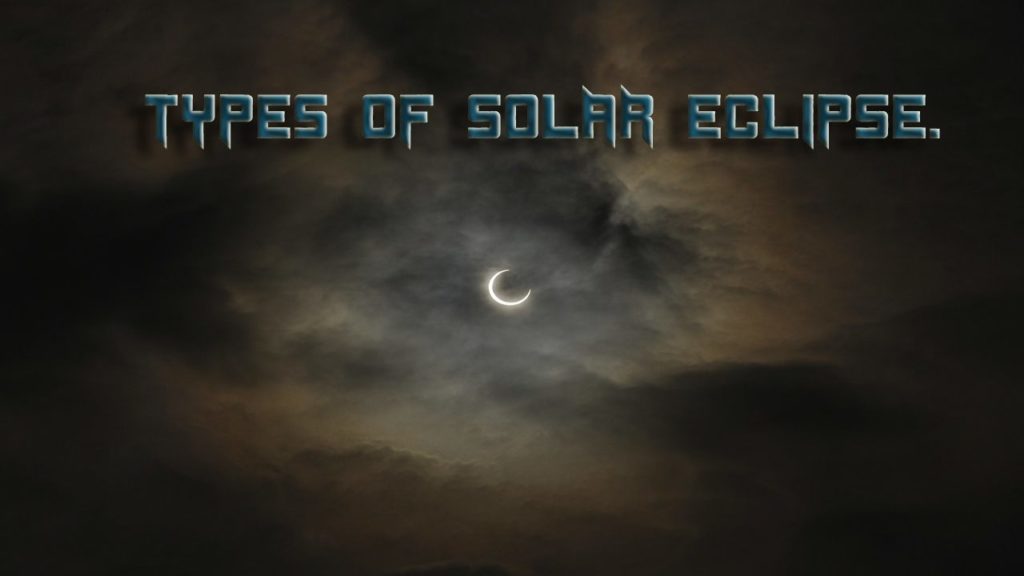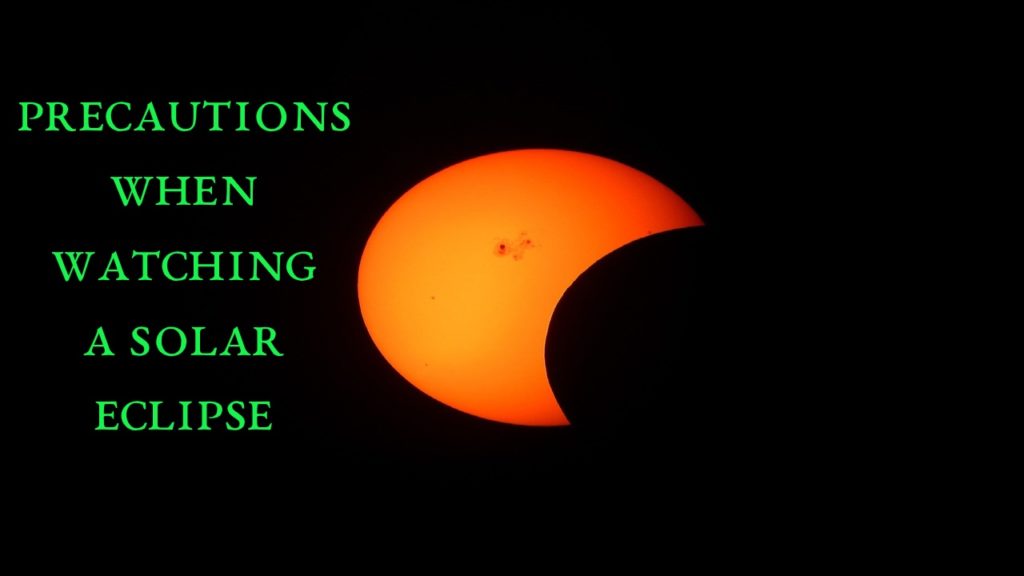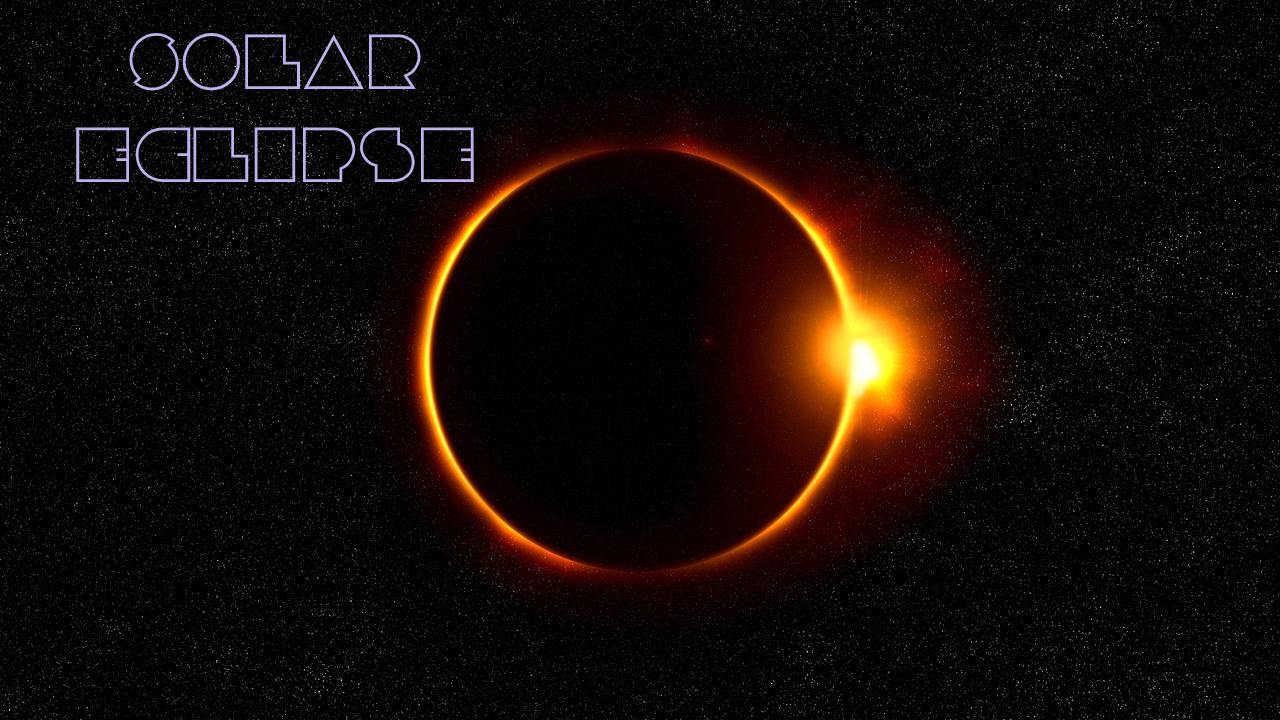What is Solar Eclipse
An eclipse is an astronomical phenomenon.
The light of a celestial body blocks another of smaller, equal, or greater size.
When that partial or total blockage of light reaches a third celestial body, an eclipse is said to occur.
For the inhabitants of the Earth, two types of eclipse are distinguished: Moon and Sun.
In both cases, the star, the planet, and the satellite must perfectly position.
Therefore, they are events that do not occur every day.
In the article “Lunar Eclipse,” we learned that the Earth interposes between the Moon and the Sun.
So that the shadow of our planet project on the Moon.
For its part, in the solar eclipse, it is the Moon that intervenes between the Earth and the Sun.
It is creating a shaded path in some regions of the planet, where the umbra is the darkest part.
And the penumbra is one more region.

Types of Shadow Of Solar Eclipse
It is important to identify types of shadows that occur in a solar eclipse for a more understandable study.
Umbra, Penumbra And Antumbra.
Umbra
It is the moment of greatest shadow during an eclipse.
That is, even if it is the day, the environment looks dark as if it were night.
Such a fact occurs because a body is completely blocked.
Penumbra
It is a weaker shadow than the umbra since it locates between it and the intense light.
Antumbra
It is the lightest part of a shadow that forms at some distance from the object casting the shadow.
It is the “final” part of the umbra where the light passes, but not completely.
So a beautiful annular eclipse can observe.
Solar Eclipse Is Occur
The Sun is 400 times wider than the Moon but is also 400 times further away.
It creates the perfect setting for a solar eclipse to take place.
Not forgetting that for this to work, the Moon must be in the new moon phase, better known as “new moon.”
When its hemisphere illuminated by the Sun cannot be visible from Earth.
That is, the Moon in this phase is invisible to the human eye.
All celestial bodies rotate on their orbit, and in turn, they also travel around the Sun.
In this case, the Earth, the Moon, and the Sun are in “privileged” locations for the phenomenon to occur.
Types Of Solar Eclipse.
Three main types of solar eclipses are distinguished:
1)Partial Eclipse.
In the partial eclipse, as its name implies, the Moon partially covers the solar disk.
So that one part of the Sun looks dark, and the other, totally bright.
Observers of these eclipses do so from twilight.
2)Annular Eclipse.
In this type of eclipse, known as “ring of fire,” the Moon position in the center of the Sun.
It happens by not being able to cover the total circumference of the Sun due to a slight difference in distance.
It forms a perfect ring of intense light.
In more formal terms, this type of eclipse occurs when the new Moon is a little further from Earth (apogee).
And the umbra does not reach the planet.
Then the viewer will see a lunar eclipse from the Antumbra.
3)Total Eclipse.
The total eclipse is the most anticipated and the most fascinating for humanity.
The proximity of the Moon is enough to cover the surface of the Sun from our position on Earth.
When the new Moon covers the solar circumference, it is closer to the Earth (perigee).
The “crown” of the great star can be observed, offering a spectacle without equal.
They are “rare” and constitute only 4% of solar eclipses.
These occur when a total eclipse becomes an annular one due to the distance and movement of the celestial bodies.
It can also happen the other way around; that is, that it begins as an annular eclipse to end as a total eclipse.
Eclipses Of The Sun Is Occur
Solar eclipses are events that commonly occur twice a year but in either partial, annular, or complete form.
However, totals sometimes present once a year, or it may take more than 12 months for any to be displayed.
What is a fact is that a total solar eclipse can only see once every 360 years.
So, in a specific place on Earth.
In other words, you will probably only see a single total solar eclipse in your life, maybe none at all!
If so, get ready to travel.

Precautions When Watching A Solar Eclipse.
To observe it, a series of recommendations must follow.
In the article How to watch a solar eclipse?
We can know which artifacts are suitable for this type of astronomical phenomena and can cause irreversible damage to sight.
You should know that an eclipse of the Sun should never observe with the naked eye.
In the main phase, which is when the solar surface is completely covered, it is when it could see without protection.
However, miscalculating the observation time is very risky, so we do not suggest looking at a solar eclipse in any of its phases.
When the stars move as part of their natural path, the “misalignment” of positions makes the sunlight suddenly appear again at one end.
There is no time to avoid this luminosity.
It comes so suddenly into human sight that it causes eye damage, often irreversible. Total blindness is possible.
The duration of the entire phenomenon can be more than two hours or even just under 5 hours.
It depends on the type of eclipse (the partials can last almost 5 hours).
But in a total eclipse, the high point that is the complete blockage of the Sun only lasts between 2 and 7.5 minutes.
That is, only between that time is total darkness perceived.
Phases Of The Solar Eclipse
Eclipses are not far behind your human perception.
When a man could not explain such a phenomenon, he began to create stories about what probably happened.
The first civilizations believed that they were gods sending “messages” through the stars.
The Vikings said that a wolf devoured the Sun and made noise to “scare” it.
The result was that the Sun or Moon returned to its natural state, thus reinforcing their beliefs even more.
Later, in more modern generations, myths appeared without scientific explanation but with sufficient evidence to make them very probable.
For Example:
-
Animals Behave In An Uncontrolled Way
It is not that animals act uncontrollably, but that this sudden change from light to darkness and vice versa.
It makes diurnal and nocturnal animals modify their rhythm to adapt to what is happening in their environment.
During a total solar eclipse, we could see birds going to the trees to rest or raccoons going out to look for food.
The darkness is telling you that your activities must end or can begin.
-
Your Baby Can Be Born With Health Problems
It is not strange to see some pregnant women wearing red ribbons to protect their unborn babies from the effects of the eclipse.
It said that without this ribbon, the baby could be born with some malformation or stain.
There is no scientific evidence that a piece of cloth drives away some kind of cosmic energy.
-
You Can Lose Weight
It is true, but not forever.
The gravitational force can make us lose 500 grams, 700 grams, or even a kilo of weight.
But this will return to normal when the stars separate again towards their respective paths.

